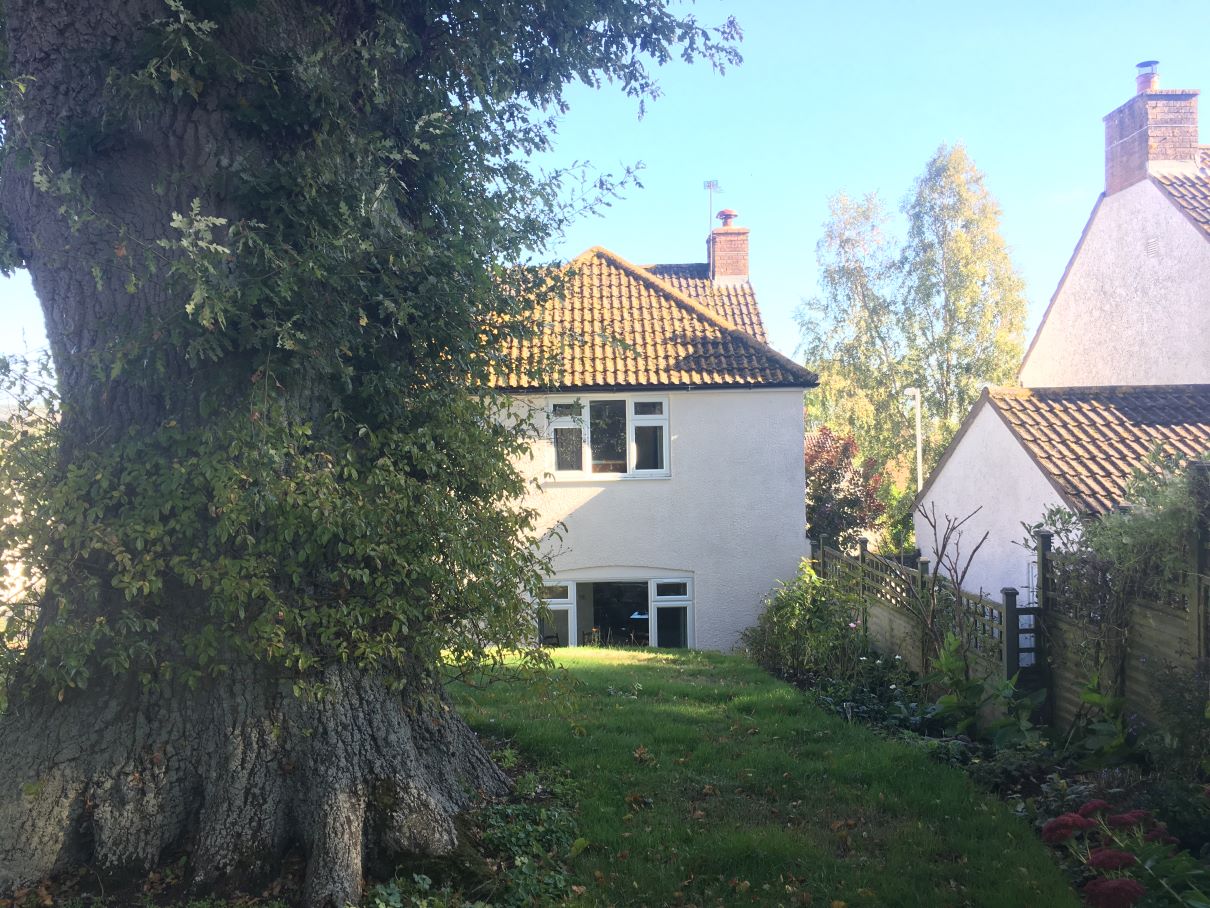Tree Preservation Orders and Conservation Areas

East Devon Tree Care have plenty of experience in dealing with planning applications for tree work.
We are able to act as agents on your behalf. We can check the current status of trees within your property for you. We are able to produce tree location plans and necessary documentation for any qualifying works and submit your tree works planning application online via the Planning Portal service. Please contact us to receive a quotation for this service.
Where required, we are also able to carry out tree inspections and surveys to provide supporting evidence for your application, chargeable at our normal consultancy rates.
Tree Preservation Orders
A tree preservation order (TPO) is an order made the a local planning authority, making it an offence to cut down, lop, uproot, damage or destroy a tree without their permission. Your local authority have the right to prosecute offenders and a fine of up to £20,000 for each tree may be imposed by the Magistrates Court in the event of them being convicted of an offence. If proceedings are instituted in the crown court, fines are unlimited. There is also a duty to replace any tree removed without permission. It may take up to 8 weeks for a decision notice to be issued by the local authority in response to a protected tree planning application. This is to allow time for the local authority tree officer to make a site visit, publicly advertise the intended works, inform any neighbours, process any letters of support or objection from the public and write up a report with the decision notice.
Trees in Conservation Areas
In addition, any proposal to cut down, or work on a tree in a designated conservation area, regardless of whether the tree has a preservation order, requires at least 6 weeks’ notice to the local authority planning services, using the same application process. This generally applies to all trees that have a stem diameter of 7.5cm or more, measured at 1.5m above ground level.
Third Party Owned Trees
If you are cutting back overhanging trees owned by a neighbour, you will still need local authority approval if the tree is covered by a TPO or is in a conservation area. If you are in any doubt whether the tree has a TPO, you should contact your local authority before you commence work.
Dead, Dying or Dangerous Trees
If it is felt that trees are exempt from the usual requirements of the legislation (on the grounds that they are dead or dangerous), it is necessary to notify the local authority with five day’s notice of intent to prune or remove the trees (except in a genuine emergency). Their tree officer will then inspect the trees to ascertain whether they are considered to be exempt. If a tree is removed under this exemption, there is a legal duty to plant a replacement tree at or near the same place.
Protected Tree Work Planning Application Appeals
The local authority makes decisions about work on trees protected by tree preservation orders. You can appeal if you applied to cut down or carry out work on a protected tree and you disagree with the decision or a decision wasn’t made within 8 weeks. You can also appeal if you disagree with a tree replacement notice you’ve been given.
East Devon Tree Care can help submit your appeal and liaise with the local authority and the assigned Case Officer from the Planning Inspectorate, by acting as an agent on your behalf.
Please contact us for further information on this service.
Tree Preservation Order Appeals
When a local authority decides to make a new tree preservation order, they will have to inform all persons interested in the land and affected by the order that a protected tree preservation order has been made. A copy of the order will also be made available for public inspection.
There is an appeal process which can be followed if the landowner or any person interested in the land wishes to contest the new order.
East Devon Tree Care can help submit your appeal and liaise with the local authority and the assigned Case Officer from the Planning Inspectorate, by acting as an agent on your behalf.
Please contact us for further information on this service.

